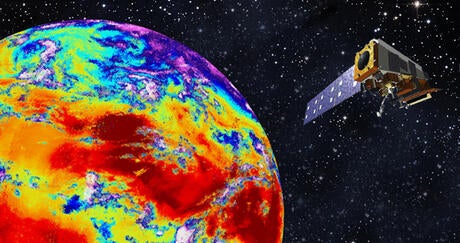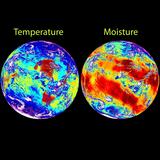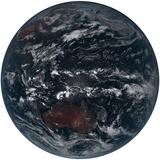Hurricane Ian shattered records, homes and lives in late September of 2022 as it pummeled Florida’s western coast with intense winds, heavy rainfall and catastrophic storm surges.
The hurricane, which roared ashore just west of Fort Meyers at speeds of 150 mph, was one of the most powerful storms to hit the U.S. in decades. It was also one of the deadliest.
Of all the severe weather events tied to Hurricane Ian, like the extreme winds, intense rainfall, landslides and tornadoes, the most unexpectedly devastating for the residents of the Gulf Coast were the storm surges and flooding.
As Ian made landfall in Florida, water from the Gulf of Mexico pushed as high as 18 feet above the normal dry ground – a surge more than double what was anticipated.












